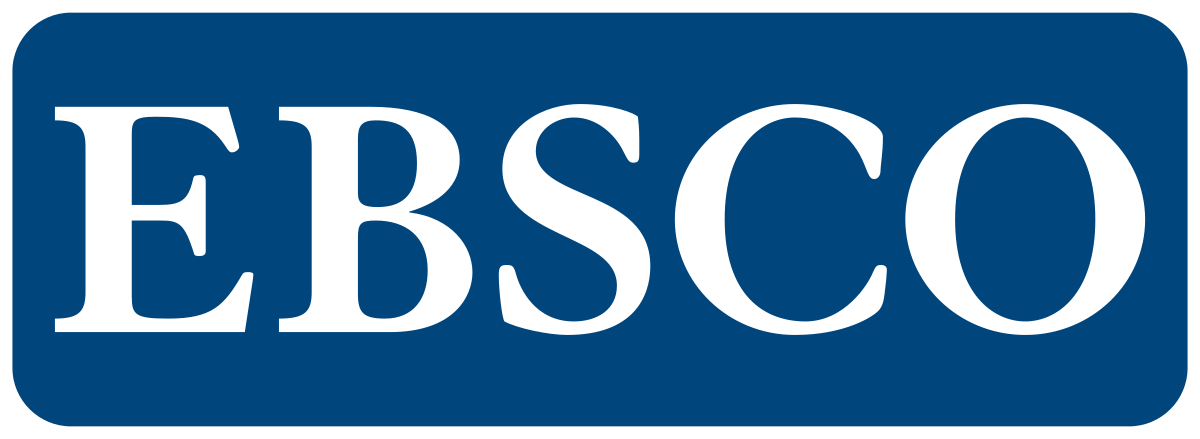Life Cycle Assessment of Organic Waste Pellet for Sustainable Energy Production in IPB University Campus
DOI:
https://doi.org/10.23960/jtepl.v14i4.1335-1348 Abstract View: 184
Abstract View: 184
Keywords:
Environmental impact, GWP, Life cycle assessment, Pellet, Renewable energyAbstract
The growing population and improving living standards are resulting in higher demand for energy and materials. Renewable energy addresses this challenge while reducing greenhouse gas emissions. Organic waste has significant potential to be converted into pellet-based renewable energy, but sustainable production is essential to minimize environmental impact. This study aims to evaluate the environmental impact using a life cycle assessment with 5 categories, namely Global Warming Potential (GWP), Stratospheric Ozone Depletion (SOD), Terrestrial Acidification (TAC), Freshwater Eutrophication (FEU), and Human Carcinogenic Toxicity (HCT) for each pellet. The results of twig and leaf pellets were, respectively, GWP of 3.05 kg CO2-eq and 0.54 kg CO2-eq; SOD of 1.6×10–6 kg CFC11 eq and 1.35×10–7 kg CFC11-eq; TAC of 0.0131 kg SO2-eq and 0.0018 kg SO2-eq; FEU of 0.0059 kg P-eq and 0.0006; HCT 0.538 kg 1.4-DCB-eq and 0.0130 kg 1.4-DCB-eq. Based on the result, the production of twig pellets has a higher environmental impact than that of leaf pellets. However, when compared to conventional fuels, the impact caused by twig pellets is still within acceptable limits and is comparatively lower.
Downloads
References
Buchholz, T., Gunn, J.S., & Saah, D.S. (2017). Greenhouse gas emissions of local wood pellet heat from northeastern US forests. Energy, 141(December 2017), 483–491. https://doi.org/10.1016/j.energy.2017.09.062
Çetinkaya, B., Erkent, S., Ekinci, K., Civan, M., Bilgili, M.E., & Yurdakul, S. (2024). Effect of torrefaction on fuel properties of biopellets. Heliyon, 10(2), e23989. https://doi.org/10.1016/j.heliyon.2024.e23989
Chen, C.X., Pierobon, F., & Ganguly, I. (2019). Life Cycle Assessment (LCA) of Cross-Laminated Timber (CLT) produced in Western Washington: The role of logistics and wood species mix. Sustainability, 11(5), 1278. https://doi.org/10.3390/su11051278
Farobie, O., Amrullah, A., Bayu, A., Syaftika, N., Anis, L.A., & Hartulistiyoso, E. (2022). In-depth study of bio-oil and biochar production from macroalgae Sargassum sp. via slow pyrolysis. RSC Advances, 12(16), 9567–9578. https://doi.org/10.1039/d2ra00702a
Hamedani, S.R., Colantoni, A., Gallucci, F., Salerno, M., Silvestri, C., & Villarini, M. (2019). Comparative energy and environmental analysis of agro-pellet production from orchard woody biomass. Biomass and Bioenergy, 129(August), 105334. https://doi.org/10.1016/j.biombioe.2019.105334
Hernández, D., Fernández-Puratich, H., Rebolledo-Leiva, R., Tenreiro, C., & Gabriel, D. (2019). Evaluation of sustainable manufacturing of pellets combining wastes from olive oil and forestry industries. Industrial Crops and Products, 134(November 2018), 338–346. https://doi.org/10.1016/j.indcrop.2019.04.015
IEA. (2023). Greenhouse, Gas Emissions from Energy Data Explorer – Data Tools. https://www.iea.org/data-and-statistics/data-tools/greenhouse-gas-emissions-from-energy-data-explorer, 23. 12. 2024.
IPCC. (2014). AR5 Climate Change 2014: Mitigation of Climate Change — IPCC. https://www.ipcc.ch/report/ar5/wg3/, 23. 12. 2024.
Kementrian LHK RI. (2021). Program Kinerja Perusahaan dalam Pengelolaan Lingkungan Hidup (PROPER). Kementrian Lingkungan Hidup dan Kehutanan RI.
Kumaat, E.J., Manembu, I.S., Mambu, S.M., & Mangindaan, G.M.C. (2023). Sustainable campus through organic waste management program implementation. Journal of Sustainability Perspectives, 3(2023) 581–586. https://doi.org/10.14710/jsp.2023.21647
Laschi, A., Marchi, E., & González-García, S. (2016). Environmental performance of wood pellets’ production through life cycle analysis. Energy, 103(2016), 469–480. https://doi.org/10.1016/j.energy.2016.02.165
Martín-Gamboa, M., Marques, P., Freire, F., Arroja, L., & Dias, A.C. (2020). Life cycle assessment of biomass pellets: A review of methodological choices and results. Renewable and Sustainable Energy Reviews, 133(August). https://doi.org/10.1016/j.rser.2020.110278
Martins, F., Felgueiras, C., Smitkova, M., & Caetano, N. (2019). Analysis of fossil fuel energy consumption and environmental impacts in European countries. Energies, 12(6), 1–11. https://doi.org/10.3390/en12060964
Ruiz, D., San Miguel, G., Corona, B., & López, F.R. (2018). LCA of a multifunctional bioenergy chain based on pellet production. Fuel, 215(January 2016), 601–611. https://doi.org/10.1016/j.fuel.2017.11.050
Saleem, M. (2022). Possibility of utilizing agriculture biomass as a renewable and sustainable future energy source. Heliyon, 8(2), e08905. https://doi.org/10.1016/j.heliyon.2022.e08905
Saosee, P., Sajjakulnukit, B., & Gheewala, S.H. (2020). Life cycle assessment of wood pellet production in Thailand. Sustainability, 12(17), 1–22. https://doi.org/10.3390/su12176996
Sgarbossa, A., Boschiero, M., Pierobon, F., & Zanetti, M. (2020). Comparative life cycle assessment of bioenergy production from di different wood pellet supply chains. Forest, 11(11), 1127. https://doi.org/10.3390/f11111127
Siregar, K., Supriyanto, Setiawan, A.A.R., Wiloso, E.I., Sholihati., Miharza, T., & Sofia, I. (2020). IDN-LCI: The conceptual framework of the Indonesian life cycle inventory database to support the life cycle assessment. IOP Conference Series: Earth and Environmental Science, 542(1). https://doi.org/10.1088/1755-1315/542/1/012044
Supriyanto., Pratama, A.N., Erniati., & Sucahyo, L. (2025). Life cycle assessment of melon (Cucumis Melo L) production in tropical greenhouse, Indonesia. Jurnal Teknik Pertanian Lampung, 14(1), 226-239. http://dx.doi.org/10.23960/jtep-l.v14i1.226-239
Yuda, A., & Assomadi, A.F. (2023). Kajian dampak emisi udara pada produksi minyak bumi di perusahaan “A” menggunakan metode life cycle assessment (LCA). Jurnal Purifikasi, 21(2), 52–60. https://doi.org/10.12962/j25983806.v21.i2.440
Downloads
Published
How to Cite
Issue
Section
License
Copyright (c) 2025 Edy Hartulistiyoso

This work is licensed under a Creative Commons Attribution-ShareAlike 4.0 International License.
Authors who publish with this journal agree to the following terms:
Authors retain copyright and grant the journal right of first publication with the work simultaneously licensed under a Creative Commons Attribution-ShareAlike 4.0 International Lice that allows others to share the work with an acknowledgement of the work's authorship and initial publication in this journal.
Authors are able to enter into separate, additional contractual arrangements for the non-exclusive distribution of the journal's published version of the work (e.g., post it to an institutional repository or publish it in a book), with an acknowledgement of its initial publication in this journal.
Authors are permitted and encouraged to post their work online (e.g., in institutional repositories or on their website) prior to and during the submission process, as it can lead to productive exchanges, as well as earlier and greater citation of published work (See The Effect of Open Access).
Jurnal Teknik Pertanian Lampung

JTEPL is licensed under a Creative Commons Attribution-ShareAlike 4.0 International License.













